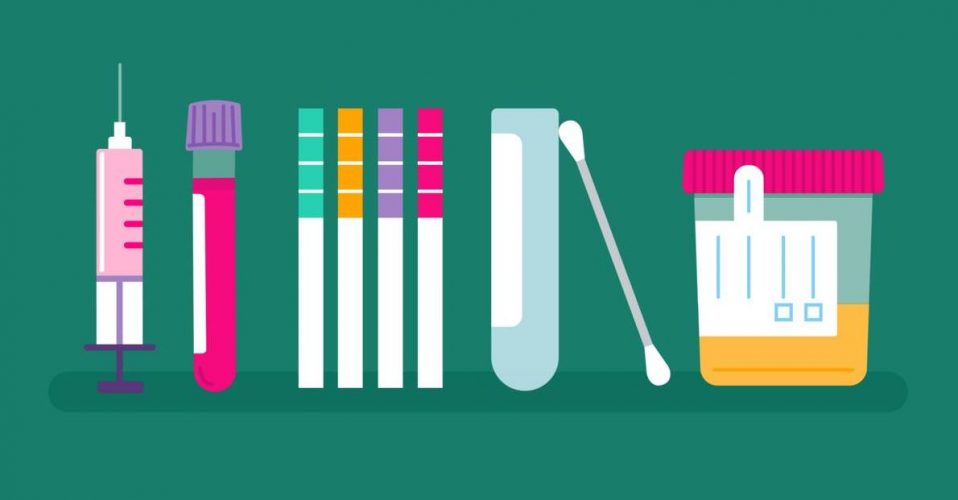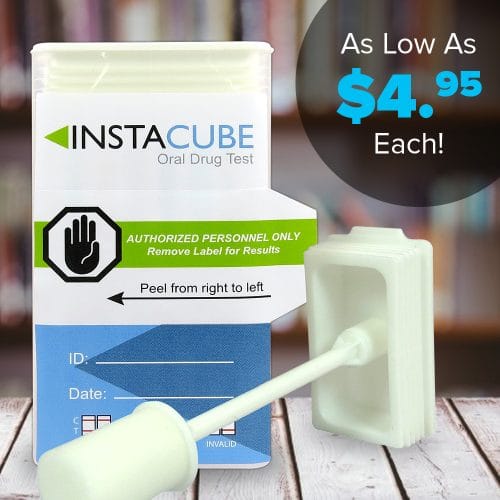For individuals and organizations aiming to ensure drug-free environments, choosing the right drug testing method is crucial. Different situations may require different types of tests, each with its unique advantages and disadvantages. In this guide, we delve into the four main types of drug tests; urine, blood, saliva, and hair. In this blog we explore the applications and pros and cons of each testing method and their use cases.
1. Urine Drug Test
Overview: One of the most commonly used methods, urine drug testing detects the presence of drug metabolites in a person’s urine.
Pros:
- Cost-effective: Often the least expensive method.
- Widely Accepted: Recognized and used by many organizations and legal bodies.
- Detects Recent Use: Particularly effective for determining recent drug use.
Cons:
- Tampering: Samples can be adulterated or substituted.
- Short Detection Window: Drugs may be undetectable after a few days.
Use Cases:
- Workplace Testing: Regular and random screenings.
- Home Drug Testing: For personal knowledge or monitoring a family member.
- Rehab Facilities: Monitoring the progress of recovering individuals.
2. Blood Drug Test
Overview: The blood drug test offers a direct way to measure the amount of a drug in a person’s bloodstream.
Pros:
- Accuracy: Provides a definitive look at current impairment or intoxication.
- Broad Detection: Can detect a wider range of substances compared to urine tests.
Cons:
- Invasive: Requires drawing blood.
- Short Detection Window: Drugs and their metabolites disappear from the bloodstream relatively quickly.
- Cost: Typically more expensive than other testing methods.
Use Cases:
- Accidents: To determine if drug use contributed to a workplace or traffic accident.
- Medical Settings: Understanding a patient’s drug use history for treatment decisions.
- Law Enforcement: For DUI or other related investigations.
3. Saliva Drug Test
Overview: Also known as oral fluid testing, this method analyzes a saliva sample for drug residues.
Pros:
- Non-invasive: Easily obtained without much discomfort to the individual.
- Tamper-resistant: Collection can be observed, reducing the risk of adulteration.
- Quick Results: On-the-spot testing kits can give results in minutes.
Cons:
- Short Detection Window: Only effective for recent drug use, often within 24-48 hours.
- Limited Drug Range: Not all drugs are as easily detectable in saliva.
Use Cases:
- On-the-spot Testing: Ideal for workplaces to quickly screen employees, especially after accidents.
- Law Enforcement: Roadside tests for drivers suspected of drug impairment.
4. Hair Drug Test
Overview: Hair testing analyzes a small sample of hair for drugs, offering a longer detection window.
Pros:
- Long Detection Window: Can detect drug use up to 90 days or more in the past.
- Tamper-resistant: Very difficult to cheat or adulterate.
- Comprehensive: Provides a broader overview of an individual’s drug history.
Cons:
- Cost: More expensive than urine tests.
- Time to Get Results: Takes longer to obtain results compared to urine or saliva tests.
- Hair Treatment Interference: Bleaching or certain hair treatments may affect results.
Use Cases:
- Pre-employment Screening: For jobs that require a longer history of drug abstinence.
- Rehab Centers: To get a complete picture of an individual’s drug use history.
- Child Custody Cases: Determining the safety and suitability of a parent or guardian.
Drug testing, at its core, serves a myriad of purposes, from ensuring workplace safety to supporting the journey of those in rehab centers. While the primary objective is consistent—to detect the presence of illicit or controlled substances—the varied contexts in which tests are employed demand an array of testing methods. Not all drug tests are created equal; each is tailored to address specific concerns and scenarios. For instance, while detecting recent drug use might be vital after a workplace accident, understanding a longer history of drug use could be crucial in custody battles or rehabilitation settings. Different substances also have varied lifespans in our systems, making some tests more effective than others for certain drugs. Furthermore, practical considerations like cost, invasiveness, and the possibility of tampering also play a role in the selection of the appropriate test. In essence, the diverse landscape of drug testing methods has been designed with precision to cater to the multifaceted needs of different situations and settings.
Each drug test has its place, and the choice often depends on the specific situation, budget, and drugs in question. By understanding the strengths and limitations of each method, you can make informed decisions to maintain drug-free environments, be it at the workplace, home, or any other setting. Always consult with experts in the field, like those at DrugTestsInBulk, to tailor your drug testing approach to your unique needs.
On-site Tests vs. Lab-confirmed Drug Tests
On-site drug tests, often known as point-of-collection tests, provide immediate results and are typically utilized in settings where quick decisions based on preliminary findings are required. These tests, frequently in the form of dip tests or oral swabs, offer the advantage of speed and on-the-spot decision-making, particularly valuable in workplaces or law enforcement scenarios. However, they might not boast the same level of accuracy and comprehensiveness as lab-confirmed tests. Lab-confirmed drug tests, on the other hand, involve sending samples to specialized laboratories for detailed analysis. While this method is more time-consuming and often costlier, it offers a higher degree of accuracy, the ability to detect a wider range of substances, and definitive results that stand up better in legal situations.



